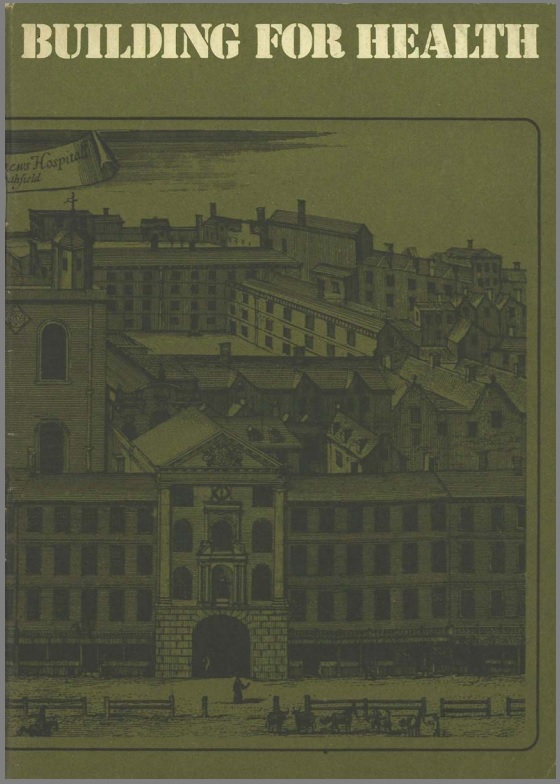Unlocking the Value of Combination Therapies

In 1948 the newly created National Health Service inherited a stock of buildings which varied very widely in both quality and quantity from area to area. Hospitals formed the major part of the existing health services’ physical capital stock. With some exceptions, such…
In 1948 the newly created National Health Service inherited a stock of buildings which varied very widely in both quality and quantity from area to area. Hospitals formed the major part of the existing health services’ physical capital stock. With some exceptions, such as private nursing homes, these had been in the hands of either local authorities or voluntary bodies with the status of charitable institutions.
The voluntary hospitals concentrated largely on the provision of beds for acute illness. Some had been founded as early as the middle ages and they included the prestigious teaching hospitals in London and other large cities. However, they also included cottage hospitals many of which were by modern standards under staffed and which often had to cope with work for which they were inadequately equipped. Many voluntary hospitals, particularly the smaller ones, confined their activities to a single speciality. The service which each area enjoyed depended largely on historical accident and the generosity of individual benefactors.
Expenditure on the capital account cannot be considered in isolation. The distinction between capital and current expenditure is arbitrary. Physical investment in buildings and equipment must be considered in relation to the immense investment in recent decades in ‘intangible’ capital assets which does not generally enter in t to the capital account of the National Health Service. The most important of these intangible assets are the knowledge and products derived from investment in research and development, and the education and training necessary to enable manpower to make use of them. Britain benefits from worldwide investment in research and development which not only provides new methods of prevention, diagnosis and cure, but also leads to rapid obsolescence and a continuing need for investment in new physical capital assets. For example, with the development of medicines and other means of combatting tuberculosis, the old sanitoria are no longer necessary. The success of poliomyelitis vaccination has meant the obsolescence of iron lungs. In other cases the application of new technology has necessitated highly expensive investment programmes as in the case of intermittent dialysis units or other intensive care facilities. With the probability of an increasingly capital intensive health service, the optimal building programme for the future must provide a framework which will encourage the fullest possible exploitation of technological advances, and which will allow the most productive combination of the resources at the disposal of the health service.
Building for Health

